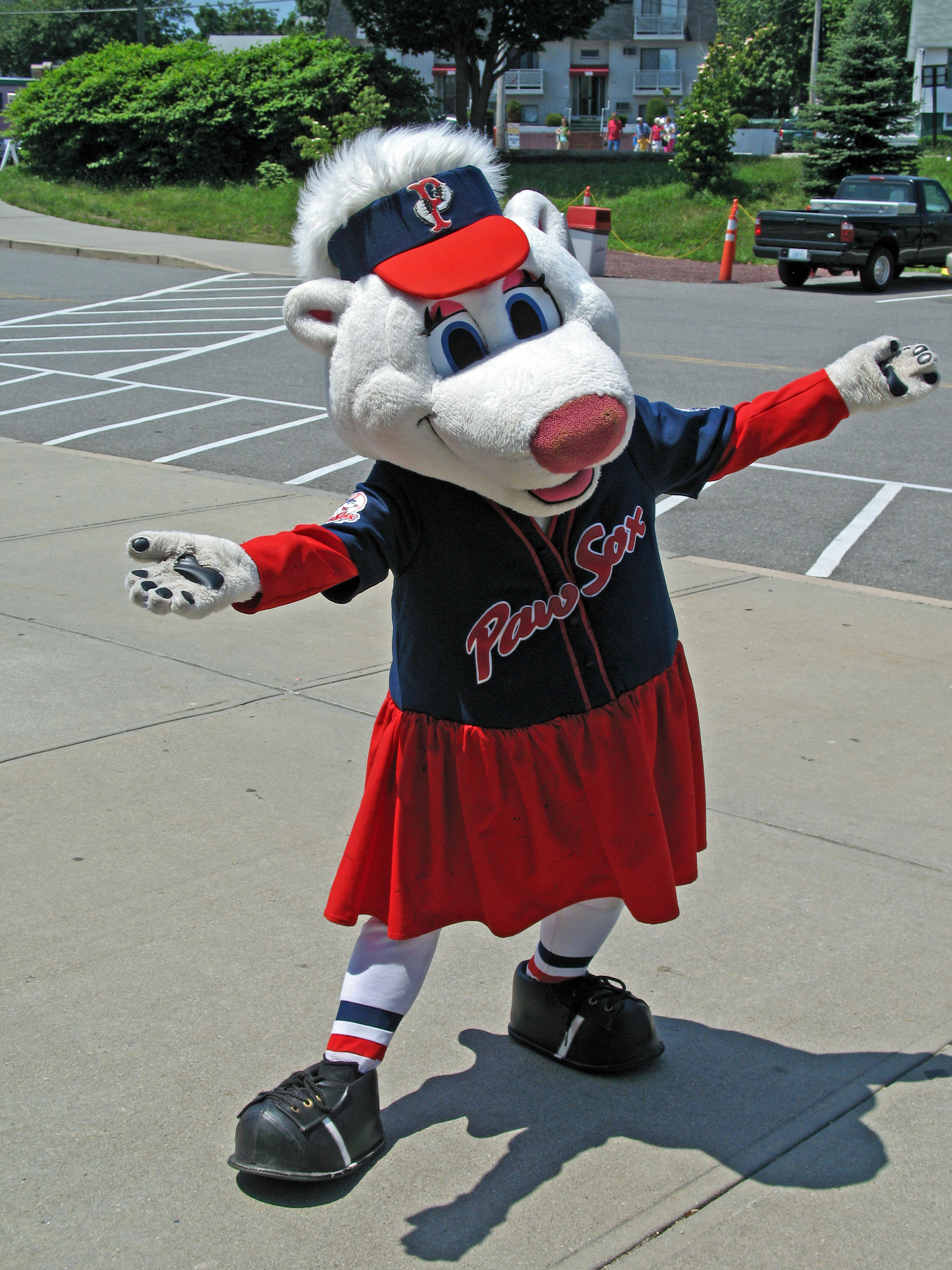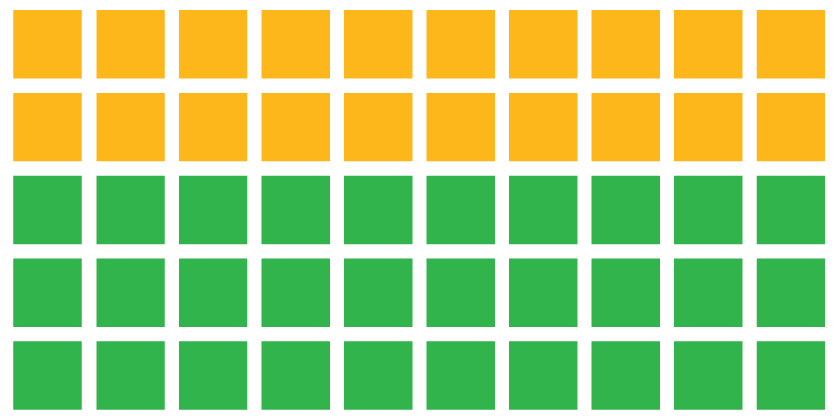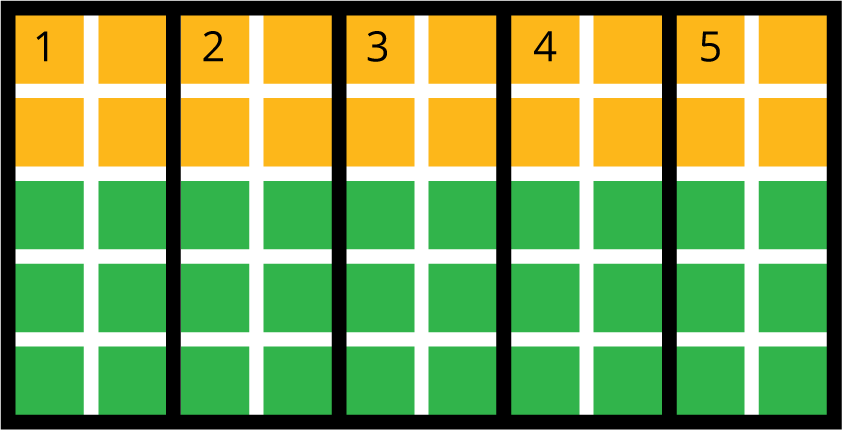6.1: Computers for Kids
A program gives computers to families with school-aged children. They have a certain number of computers to distribute fairly between several families. How many computers should each family get?
-
One month the program has 8 computers. The families have these numbers of school-aged children: 4, 2, 6, 2, 2.
- How many children are there in all?
- Counting all the children in all the families, how many children would use each computer? This is the number of children per computer. Call this number A.
- Fill in the third column of the table. Decide how many computers to give to each family if we use A as the basis for distributing the computers.
family number of children number of computers, using A row 1 Baum 4 row 2 Chu 2 row 3 Davila 6 row 4 Eno 2 row 5 Farouz 2 -
Check that 8 computers have been given out in all.
-
The next month they again have 8 computers. There are different families with these numbers of children: 3, 1, 2, 5, 1, 8.
- How many children are there in all?
- Counting all the children in all the families, how many children would use each computer? This is the number of children per computer. Call this number B.
- Does it make sense that B is not a whole number? Why?
- Fill in the third column of the table. Decide how many computers to give to each family if we use B as the basis for distributing the computers.
family number of children number of computers, using B number of computers, your way number of children per computer, your way row 1 Gray 3 row 2 Hernandez 1 row 3 Ito 2 row 4 Jones 5 row 5 Krantz 1 row 6 Lo 8 -
Check that 8 computers have been given out in all.
- Does it make sense that the number of computers for one family is not a whole number? Explain your reasoning?
- Find and describe a way to distribute computers to the families so that each family gets a whole number of computers. Fill in the fourth column of the table.
- Compute the number of children per computer in each family and fill in the last column of the table.
-
Do you think your way of distributing the computers is fair? Explain your reasoning.







